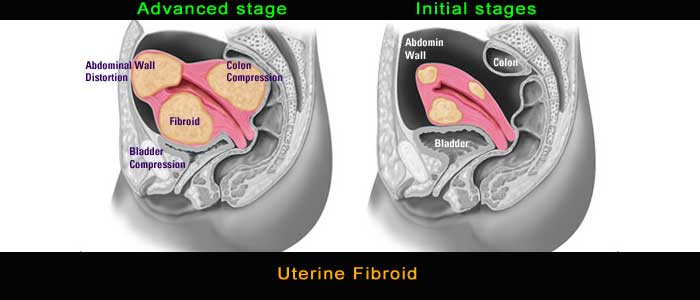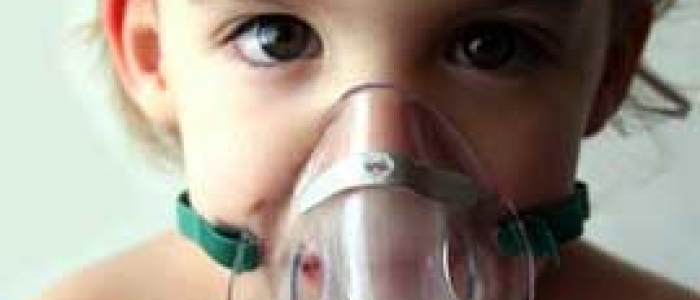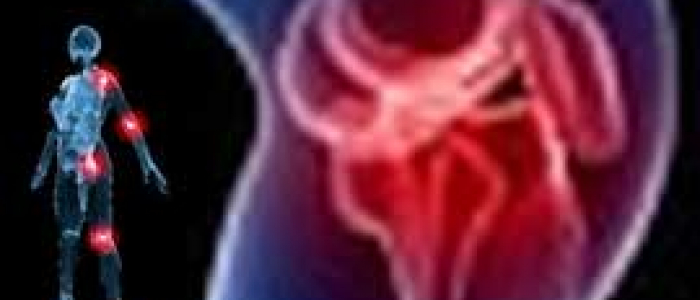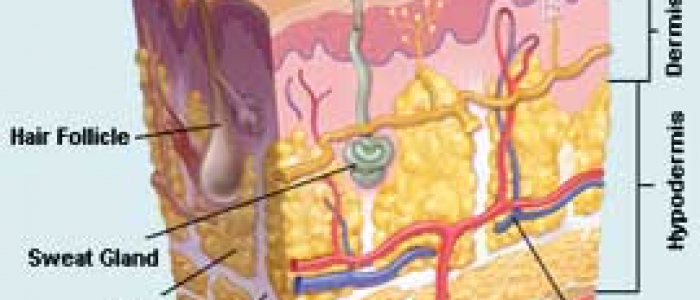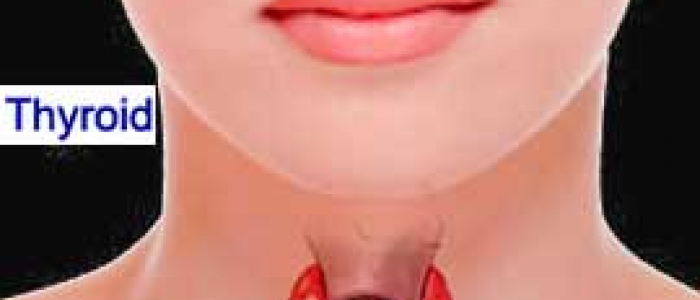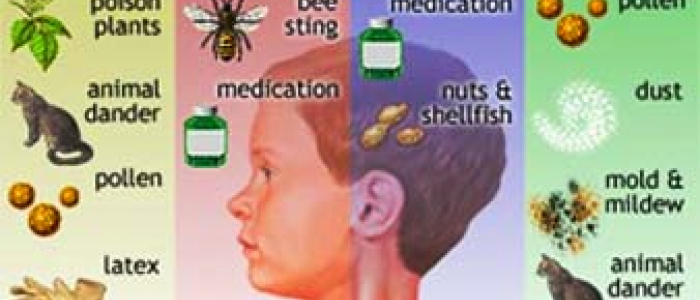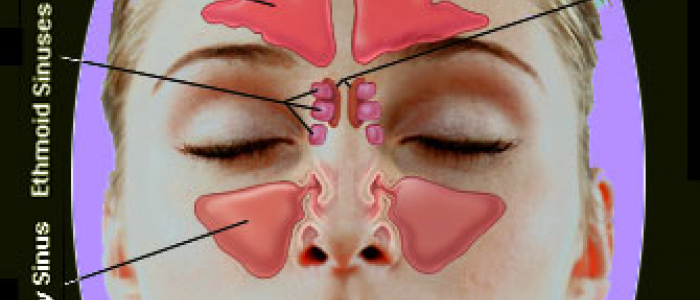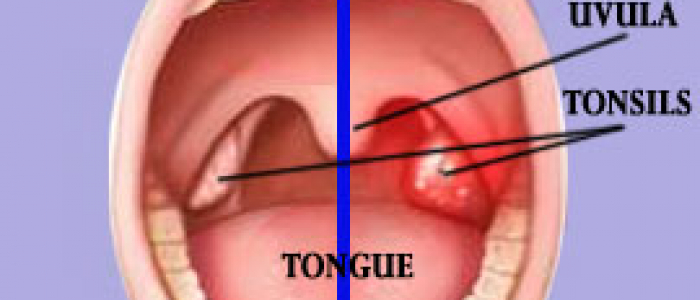
Multidrug-resistant tuberculosis (MDR-TB) is a form of TB caused by bacteria that do not respond to isoniazid and rifampicin, the 2 most effective first-line anti-TB drugs. MDR-TB is treatable and curable by using second-line drugs. However, second-line treatment options are limited and require extensive chemotherapy (up to 2 years of treatment) with medicines that are expensive and toxic. In some cases, more severe drug resistance can develop. TB caused by bacteria that do not respond to the most effective second-line anti-TB drugs can leave patients without any further treatment options.
By Maggie Fox, Health and Science Editor
WASHINGTON (Reuters) - Multiple drug-resistant tuberculosis killed 150,000 people in 2008 and infects between 400,000 and 500,000 people globally, according to World Health Organization estimates released on Thursday.
WHO said the numbers suggest the hard-to-treat infection is spreading and said there is an urgent need for countries to set up labs to fight it.
So-called MDR-TB is especially common in Russia, Tajikistan, China and India, WHO said in a report. It said an especially hard-to-treat form called extensively drug resistant TB or XDR-TB is also growing.
"Almost 50 percent of MDR-TB cases worldwide are estimated to occur in China and India. In 2008, MDR-TB caused an estimated 150,000 deaths," the WHO report said.
The report uses new methods and new surveillance data from countries around the world, so the figures cannot be compared to older surveys of MDR-TB. But WHO said the findings are startling and show a need to find infected patients and treat them promptly.

Tuberculosis is caused by a type of bacteria called Mycobacterium tuberculosis. More than 2 billion people are infected but nearly all TB infections are latent, with carriers showing no symptoms and they are not infectious.
However, one in 10 will become sick with active TB due mainly to a weakened immune system -- often because of AIDS. Antibiotics can eradicate the infection, but it takes months.
And with MDR or XDR-TB, the standard cocktail of antibiotics does not work and stronger drugs must be used, often for a longer time. Surgery may also be required to remove pockets of infection.
Hard-hit regions
"In 2008, an estimated 390,000 to 510,000 cases of MDR-TB emerged globally (best estimate, 440,000 cases)," the latest WHO report reads.
"Among all incident TB cases globally, 3.6 percent are estimated to have MDR-TB."
New data show regions of Russia have especially high rates of MDR-TB, the report found. Between 24 percent and 28 percent of new cases there are MDR-TB.
"Tajikistan, in its first ever survey, found proportions of 16.5 percent MDR-TB among new TB cases and 61.6 percent MDR-TB among previously treated TB patients in Dushanbe city and Rudaki district, or the highest proportion ever reported among previously treated TB patients in a subnational area," it said.
China's first survey of drug-resistant TB shows 5.7 percent of newly infected people have the MDR version and more than a quarter of those who had been undergoing treatment had MDR-TB.
WHO defines MDR-TB as infections that cannot be eradicated by the antibiotics isoniazid and rifampicin.
Extensively drug-resistant TB resist the main two drugs as well as fluoroquinolone antibiotics and the second-line anti-TB injectable drugs amikacin, kanamycin or capreomycin.
It is expensive to treat these infections but the WHO report says it is worth doing so.
"Although the cost of drugs alone for treating the average MDR-TB patient is 50 to 200 times higher than for treating a drug-susceptible TB patient and the overall costs for care have been found to be 10 times higher or more, treatment of MDR-TB has been shown to be a cost-effective intervention," the report reads.
Previous WHO reports show that aggressive treatment has cured 36 million TB patients over the past 15 years.



